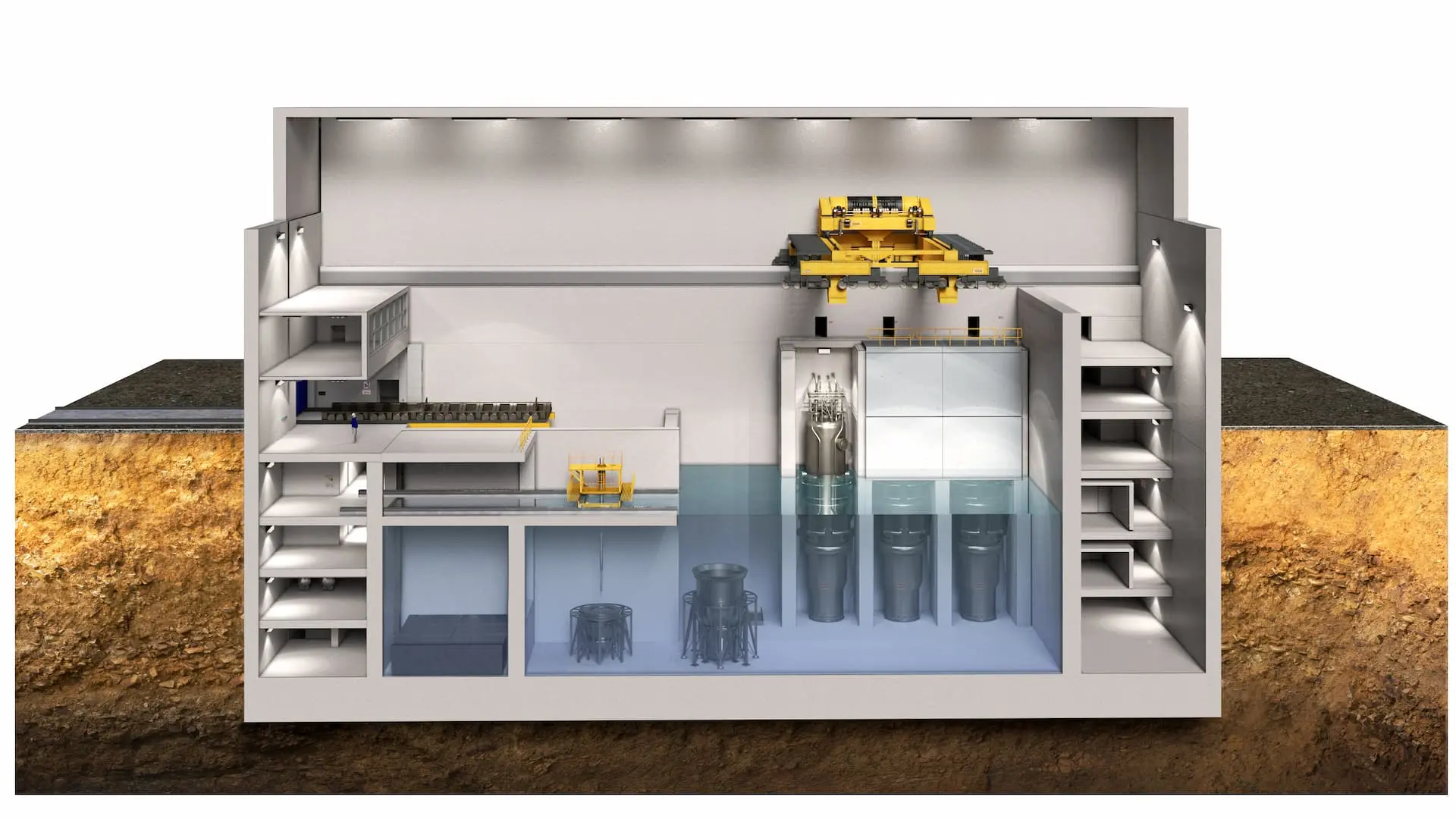With a few SMR projects built and operational at this point, and more plants under development, the Institute for Energy Economics and Financial Analysis (IEEFA) concludes in a report that SMRs are “still too expensive, too slow to build, and too risky to play a significant role in transitioning away from fossil fuels.”
Return on investment is still heavily in favor of solar or wind generation with battery or hydro storage for low generation periods.
Yes, and SMR tech is not mature enough to be considered useful, BUT if it can overcome that hurdle, it has the potential for applications that need exceptionally high availability, like data centers targeting five 9s availability.
Energy costs aren’t always the only consideration
Excellent point, but we should also consider how much data center utilization is due to wasteful, zero-value-added activities such as crypto mining, which should be banned.
We can’t scale battery storage or hydro storage to the capacity we need to go carbon free
When you look at a large grid such as the EUs, you will find that wind + solar has no days without any electricity production and that worse case is at more then half of average electricity production of these sources.

As soon as you go weekly it becomes even more stable:

We also already have a lot of hydro storage in form of reservoirs. Those are built already and can vary their output. It is more of a matter of changing how we use those.
Are we looking at the same graphs? Even going by the weekly one you are vairing by 2x between weeks, that is not stable generation by any serious measure. The grid needs have supply following demand with a tolerance of a percent or two not 50% difference, half a week of EU total energy demand is an insane amount of storage needed that would cost trillions of euros.
E: and if you look at 2022 its worse with a two week period in nov/dec getting down to just over 1/3rd of peak, you would need to have enough storage to cover this eventuality.
That is why you overbuilt solar and wind and also add storage. Wind and solar can easily be shut down, so that is an option or the electiricty can be used for making heat and storing that, charge up EVs or something similar. So doubling the average needed solar + wind and having enough storage to balance out a day is enough. Also things like biomass and even more importantly conventional hydro storage are good options. Norway for example has 86TWh of hydro storage alone today.
Why not? We’re working on things like iron air batteries that only need basic material inputs. We have all kinds of demand response potential that isn’t realized. And we can do more transmission so a local event can be covered by capacity in other regions. Besides, any issues we have with the last 5% of generation are meaningless for the next 50%.
Be that as it may, nuclear is not the answer either.
I wouldn’t go that far, but it’s fair to say that small nuclear is unproven, both in terms of operational reliability and safety, and also in terms of its economic viability. The economic viability of large nuclear generation plants is also questionable, once you remove all the explicit and implicit subsidies that have kept the industry alive since its start.
It’s a more competitive if you remove the fossil fuel subsidies.
Also the thing with nuclear power is, that all those experts that build our older generators are now dead. There isn’t really any expertise on how to realise nuclear generators. Different country’s are building new power plants, but they are all over the estimated costs and delayed by years. When they are done with building they will produce the most expensive energy you can think of.
So, we should choose an unproven and uneconomic technology (SMR) in favor of a technology that is growing rapidly, is becoming increasingly affordable, and is still improving? At very least, it seems like the tradeoff might be more complex than throwing all our eggs into the SMR basket.
WE CAN DO BOTH!
The future of our energy generation is not a zero sum game, we can simultaneously build out and continuing developing solar, wind, mass storage, and other already proving things while also continuing development on SMR and building large nuclear reactors too. Sure, the nuclear options will take longer to bear fruit but we will likely still be needing more clean energy by the time they do, even with pumping out other renewables as fast as we can.
Do thorough research into grid scale power storage. Then tell me that nuclear is more complex.
Big overruns in budget and time for first 4 plants currently under construction, but the analysis double dips regarding “risk” as they are again talking about financial risk to investors, not risk of meltdown or other disaster.
Investment risk is a category of risk. How’s that “double-dipping?”
The investment risk is directly related to cost overruns and delays, which are already stated.
On the other hand, a major point of these projects is how they significantly reduce the risk to humans and the environment compared to other nuclear plants, so I don’t think I’m alone in expecting the “risk” in the headline was referring to some rebuttal of their claims, but that is not the case.





